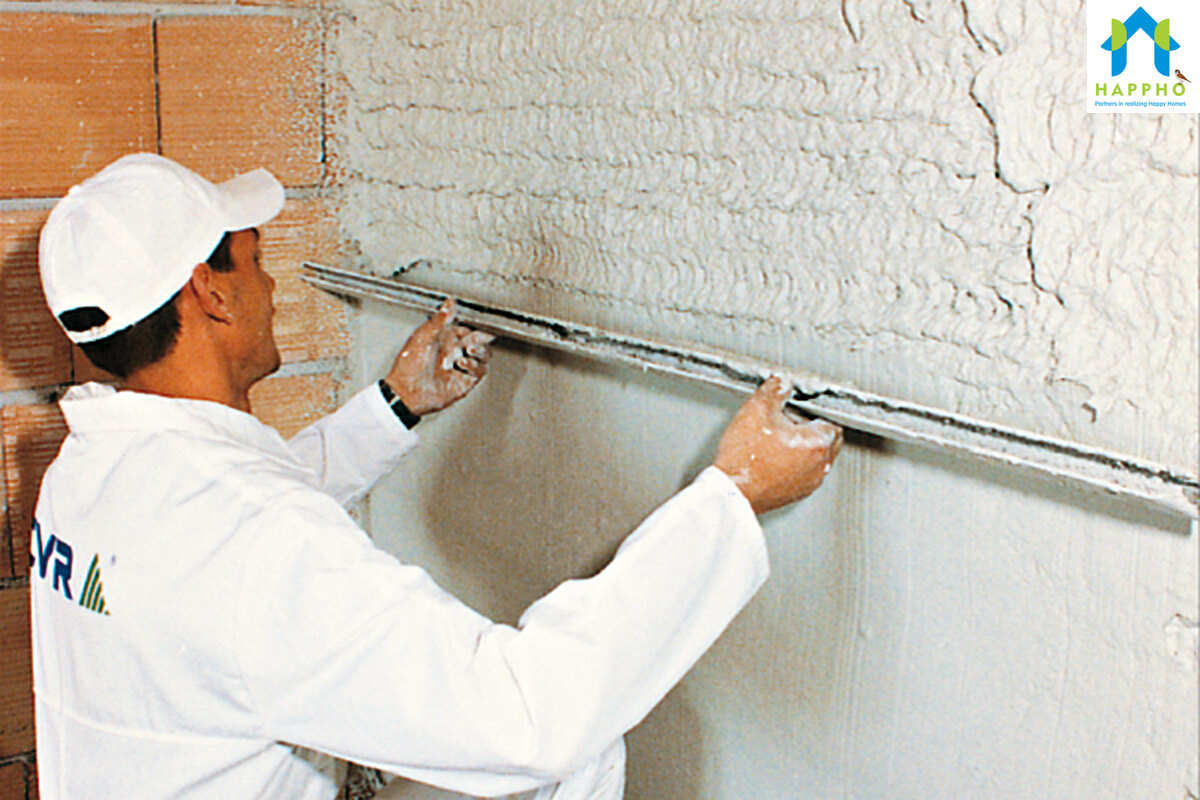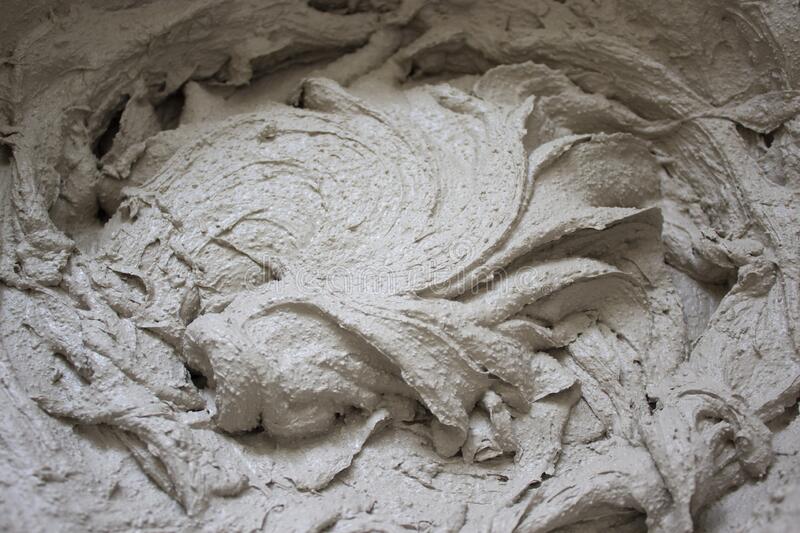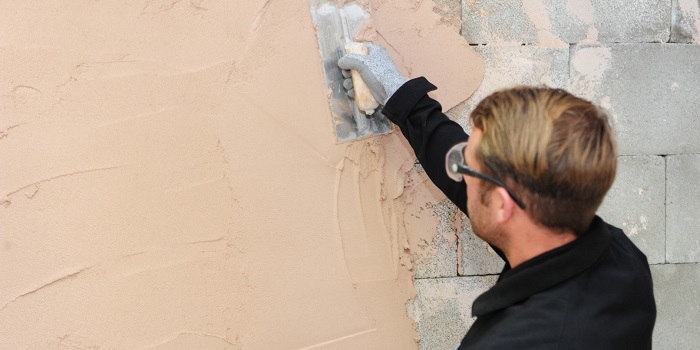Gypsum plaster is the recent innovation for coating materials to give it a shine and sustain quality. Sometimes casting beautiful and decorative materials needs an extra layer of fine texture to give it a smoothness that lasts forever. Most of this coating those days used to happen with sand or cement and they crystallize and form the exterior of the material. However, Gypsum is another form of building element which has been added to the former types to improve the quality of layering.
Gypsum Plaster in simple terms is a product of vaporization of seawater in equipment that enables the process. There are large sinks available for churning out the plaster at ease which is used later for layering. Gypsum is basically obtained from large sulfate rocks and iron deposits that withstand the test of erosion and time. They work efficiently to prolong the shine of the product with all the wear and tear it eventually undergoes in the course of time.
Plaster of Paris which has replaced the sand and cement coating of olden days has become the norm of internal coating which is almost leveraged for every material that is being manufactured today. Using plaster of Paris renders any other external coating unnecessary as this does the job of polishing it along with sustaining the pressure to last longer.
Products tend to wither or wear out over time and having a stable internal coating can evade such a fate on them extensively. Gypsum basically resembles a chalk-like material and is not so heavy on the surface. The crystalline form of the mineral is used for coating and is quite efficiently used in all manufacturing firms.
Gypsum is widely used in construction sectors, manufacturing sectors, decorative elements, art paintings, and sculptures. It has also gone through a lot of innovations and improvements over the years that it has widened its service across different fields. This has also eased the process of construction and manufacturing while continuously striving for the demand of high delivery performance.
Gypsum Plaster as a coating substance:
As the gypsum plaster is added to water, it hardens and becomes like a paste which is then applied to the surface of bricks, blocks, or materials. With the passage of time, it becomes a smooth surface that glosses the material giving it a shine that lasts forever.
In earlier days, a mix of sand, water, and cement was used as a compound paste on the surface of the material to withstand its freshness, but nowadays, this has been replaced with gypsum plaster and has also become a more stable choice.
As properties, it boasts of high insulation and resistance to fire or water. Any kind of wear and tear or impact can be allayed by using this on the surface which is also durable. It is time-saving as a surface coating which kind of eases the process of construction to a whole new level.
Advantages of Gypsum Plaster:
- Easy and efficient to be used, requires no extra effort or precautions to be used. Mixing with the right quantity of water will do the trick as it can be directly applied to the material targeted.
- Any kind of cracks or shrinkage is an impossibility when this plaster is warped on the surface. It gives away less heat and also sustains excessive heat.
- It does not take time to settle on the surface as it dries up faster than any cement coating. Once the surface dries up, any kind of external decoration including painting can be done.
- Time consumption and durability of gypsum plaster supersedes the performance of any other normal mineral coating.
- The end result is weightless and not so heavy, but still strong enough to withstand the test of times and eruption.
- The finish is fully insulated and encapsulated to precision with right angles and a smooth surface.
- Quality control or testing in the area of the coating is not a necessary procedure, as a minimal amount of manual effort goes into the process for any such validation.
- Raw materials requirement is not above affordability, as all it requires is sand and cement which is available everywhere in abundance.
- It is extremely resistant to fire and absolves lesser electricity as a low thermal conductor material.
- Moldable and amendable easily as the substance is quite flexible in nature.
Prerequisites to apply Gypsum Plaster:
The surface to apply gypsum plaster should be clean and clear, without any dust particles interspersed on it.
- The whole covering thickness should be at least 2 mm and no less than that.
- The maximum temperature it can be subjected to is 45 degrees and the minimum amount is 2 degrees.
- The water mixed should be an appropriate amount which is 17.5 litters for 25 kg of plaster.
- In order to save time, the plaster can be painted or glossed over the surface instead of applied.
Protocols of using it:
- Adding water should be done scrupulously, as the extra quantity of water can spoil the substance. Instead of adding water to the mineral, the mineral can be thrown on it.
- Not more than 15 minutes should it be mixed or kept ready. It should be within that time limit and any more than 15 minutes can dissipate the mineral and spoil it.
- Mixing up the old plaster compound with new plaster would not give a good quality coating but would rather over-insulate the material excessively.
- The mineral should be packaged and preserved in closed bags compactly to sustain its quality.
Where Gypsum plaster is not very effective
- When the surface is wet or damp, the plaster cannot be used or being used would not prove effective.
- It is quite expensive when compared to normal cement coating.
- When the normal resource of sand and water is not available, using this mineral could be quite complicated to form a precise mixture.
- The expiry date of the mineral is 3 or 4 months after packaging. It should be used within that timeframe. In case of careful packaging and effective storage, it can be retained for up to 6 months.
Conclusion:
One of the effective minerals for plastering is Gypsum plaster which glosses any material to brightness and good shine. It also gives life to the substance it is being coated by protecting it from any imminent eruption or damage.


